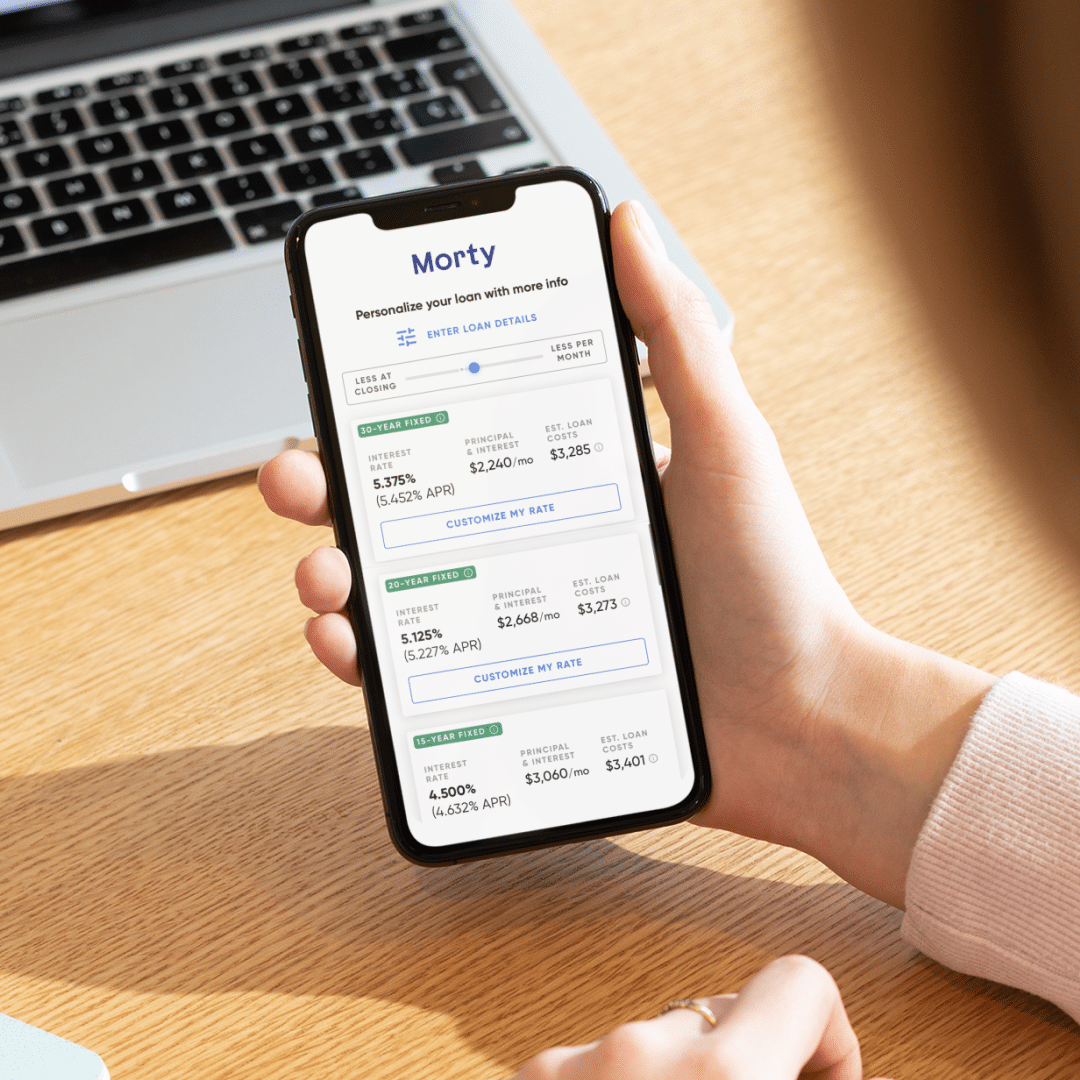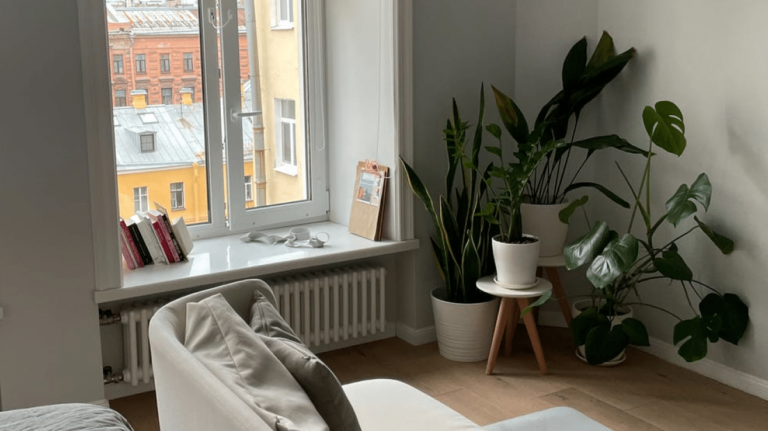As a soon-to-be-homebuyer, you did the smart thing and got pre-approved for a mortgage.
Now that you’ve gone through the pre-approval process, you know what your expected monthly mortgage payment amount and maximum home price are.
Some would-be homebuyers see the maximum loan amount and assume that being pre-approved for a mortgage of a certain size means they must be able to afford a home for exactly that much money. After all, why would a lender approve a homebuyer for a home they can’t really afford?
But like so many things in life, one size does not necessarily fit all when it comes to homebuyers and their pre-approved mortgage amounts.
For many potential homebuyers, buying a home priced on the upper end of their mortgage pre-approval limit can stretch their budget uncomfortably thin. For others, a pre-approval letter might be a pretty conservative estimate of what the homebuyer can spend.
While it’s important to note that the final approval is going to be a robust version of the pre-approval, and any expected changes to the application prior to or near the closing date can and should be reviewed and pre-approved each time something adjusts, the good news is that if you’re pre-approved for a mortgage, you have already demonstrated that you currently have enough income to potentially cover a mortgage for the maximum amount you’ll be allowed to borrow (however, you’ll want to consult with your mortgage advisor as soon as possible about the nuances of getting through closing in order to plan ahead while you’re in this pre-approval stage).
If you’re unsure about whether you can really afford as much home as your pre-approval letter says you can or if you’d be better off buying a less expensive home, ask yourself these three questions.
Did you submit *actual* financial documentation to your lender or broker for this pre-approval?
Generally, a mortgage pre-qualification is just a quick bit of number crunching. Based on X income and Y credit score, you could potentially qualify for a mortgage as high as Z amount.
A mortgage pre-approval, on the other hand, usually follows an in-depth review of a potential homebuyer’s income, assets, and credit-worthiness. A good pre-approval doesn’t have to be painful. (Morty’s pre-approval process takes about ten minutes.) But it is pretty thorough. Your credit is checked with all three credit reporting bureaus. You will have to submit supporting documentation like tax returns, W2 forms, and bank statements.
That said, ‘mortgage pre-qualification’ and ‘mortgage pre-approval’ aren’t legally-binding terms. So occasionally, borrowers might run into lenders or mortgage brokers who offer no-credit-check, no documentation ‘pre-approvals.’ It’s not illegal to do so. But that sort of so-called ‘pre-approval’ can be misleading. As a homebuyer, you don’t want to base your home search on a pre-approval amount pulled out of a hat.
Bottom line: if for some reason you’ve been given a ‘mortgage pre-approval letter’, but you haven’t submitted your financial information (income, assets, credit/liabilities) to a lender or mortgage broker, treat the number on that piece of paper with a healthy dose of skepticism. If you’re serious about buying a home soon, get a more in-depth pre-approval first.
Do you anticipate any significant changes to your financial situation in the near future?
Your mortgage pre-approval factored in your current income, assets, debts, and expenses. But financial situations change, sometimes fairly quickly. This is especially a concern now with the unfortunate increase in unemployment and general uncertainty around the economy and the housing market. Your income or employment can change prior to or during closing, you just need to be sure that you outline all of the details and timelines upfront with your mortgage advisor as this will impact ability to close within a certain time frame.
You may want to consider purchasing a home well under the pre-approved amount if you anticipate an additional financial strain in the not-so-distant future or if you’re not sure what the future holds. Unexpected expenses on top of an already-budget-straining mortgage can send your family finances into a sharp downward spin, and if your income is expected to go down in the near future, this will likely be exposed during Underwriting and will be used in the approval analysis. It’s best to work with an expert to be prepared for this.
Wherever you decide to buy in your pre-approved range, be sure that you talk it over with a licensed professional (whether that’s one of our brokers or someone else) to be certain that you can still get a mortgage with your current employment/income situation, FICO (those requirements are changing frequently among different lenders), et. al.
How does your potential future mortgage payment compare to your current rent?
If you’re pre-approved for a potential future mortgage payment that’s significantly higher than your current rent, take a moment to ask yourself how paying more for housing will impact your overall budget.
Are you able to save money each month now? Can you afford to pay more for housing without significant changes in your overall lifestyle? Are there sacrifices you’re willing to make to become a homeowner?
Remember, a higher mortgage payment won’t be your only additional housing expense when you move from renting to owning. As a homeowner, you’ll need to be ready to pay for repairs and maintenance. And don’t forget taxes. And insurance. And potentially HOA fees. Are you moving into a larger space? Then water, gas, electricity, and heating costs may be significantly higher in your future home as well.
If you aren’t able to save money for a rainy day each month with your current rent, then buying a home at the upper end of your pre-approved range—and the higher monthly mortgage payment that comes along with that—may not be your best financial decision. Consider buying a lower-priced home with a lower monthly mortgage payment. Yes, even if you have a pre-approval for a larger amount. This can also be achieved by putting more down or getting a gift to reduce your debt burden.
With a mortgage pre-approval, lenders determine what they would be willing to loan you to buy a home. But what feels financially comfortable for one family may not be financially comfortable for another.
Still not sure if you can afford the amount your pre-approval says you could borrow for your mortgage?
Getting a pre-approval for a mortgage is just the first step in the home buying process. It can help you get a handle on what you may be able to afford. Only you can decide what you’re comfortable paying.
For most homebuyers, it’s better to buy less home than they can afford than risk bankruptcy and foreclosure by buying a home that’s just over the upper limit of what they can comfortably afford to pay. Using equity that you build up over time by paying down your mortgage will also allow you to potentially use this to perform home improvements and upgrade this way, and it’s more financially stable longer term. Ready to start your journey to homeownership? You can get the ball rolling with your Morty pre-approval here.








